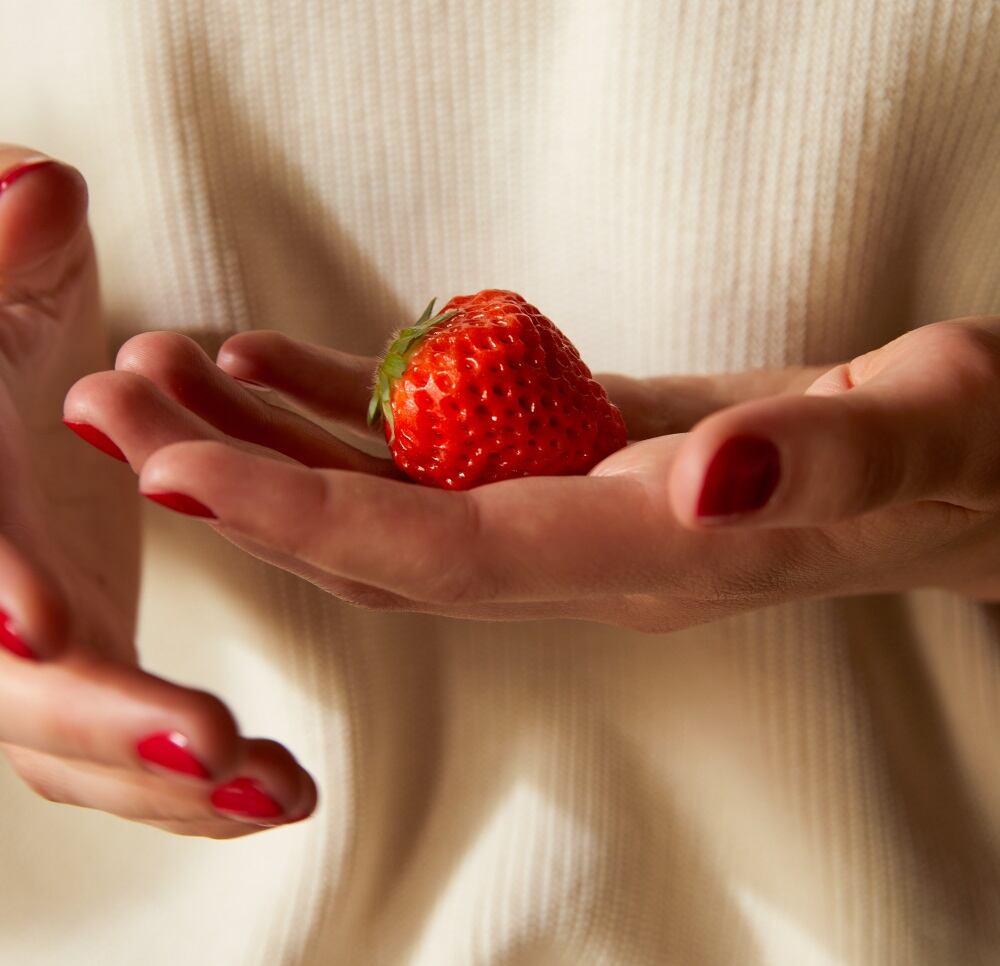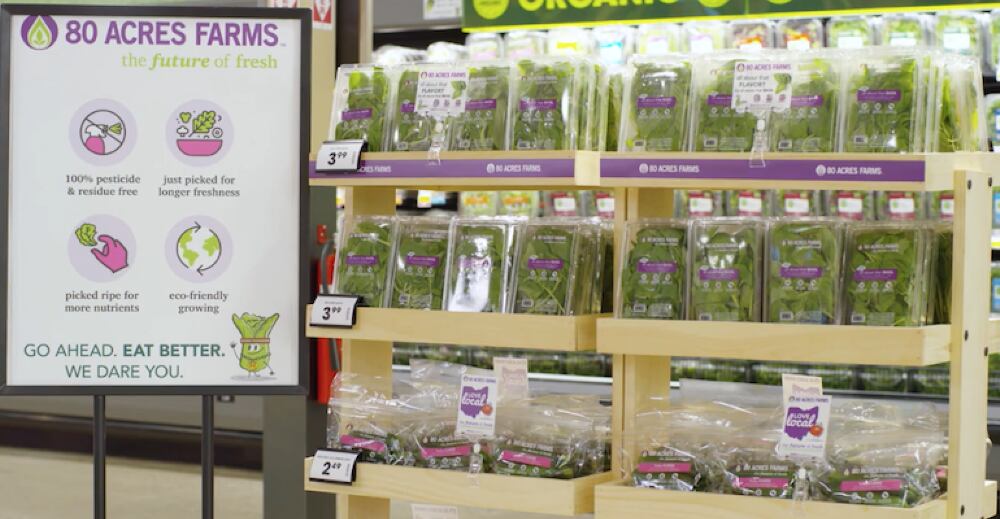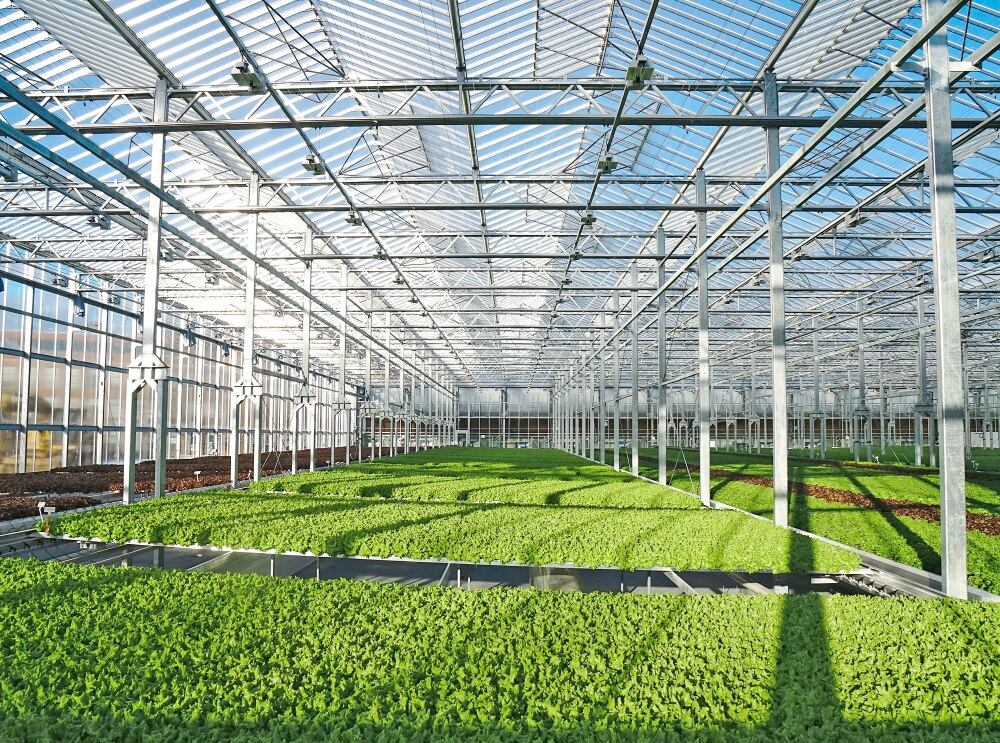The $50m investment from SPARX Group’s Mirai Creation Fund II – a fund established by Toyota Motor Corporation, Sumitomo Mitsui Banking Corporation, and SPARX – will be put towards expanding Oishii’s proprietary vertical farming technology which can grow strawberries indoors at a commercial scale.
The company will also use the capital to grow and produce other fruits and vegetables.
“The cultivation and pollination techniques the company has developed set them well apart from the industry, positioning Oishii to quickly revolutionize agriculture as we know it,” said SPARX Group Co. president and group CEO Shuhei Abe.
Can the US lead the vertical farming industry?
Born and raised in Japan where large-scale modern vertical farms have been operating for nearly 15 years (the origins of the vertical farming concept date back further to the 1970s), Oishii founder and CEO Hiroki Koga moved to the US in 2015, right when the vertical farming industry began to take off with multiple companies competing to become the market leader (mainly of leafy greens and herbs).
Considered one of the first markets to commercialize vertical farming, the controlled environment agriculture industry never reached the point of peak adoption among Japanese consumers, according to Koga.
“There are two reasons it didn’t really take off,” he said.
The first being production was limited to leafy greens and companies couldn’t justify a way to sell a head of lettuce at a premium price, especially since the island of Japan is home to “amazing quality produce” year-round grown through conventional agriculture practices, he said.
“There was really no room for vertical farming to fit in because the existing product was already good enough for consumers,” notes Koga.
The other factor hindering the industry in Japan was the high cost to build and operate a vertical farm and lack of outside funding.
“There wasn’t a lot of venture funding back then in Japan. So, these companies needed to generate profit immediately. They didn’t have the luxury to play around in R&D for five years or ten years before they could see a profit.”
However, in the US, investment capital is both abundant and patient, said Koga. Fortune Business Insights estimates that the global vertical farming market will be worth $12bn by 2028, growing at a compound annual growth rate of 24.8%.
“What I learned is there’s a lot of opportunity for this space here in the US. I think the biggest difference is that there’s a lot of money coming into this industry that really allows companies to operate for multiple years without really generating a profitable business model,” he said.
However, the US vertical farming industry is beginning to reach a point where many early backers are now looking for a return on their investment.
“I think now we’re seeing a little bit of worry from investors to a certain extent, because it’s been six years and I don’t think there’s been a massively successful company yet,” said Koga.
“So that’s why we wanted to really focus on a business model that allows us to generate really strong demand, strong cash flow, and profitability.”
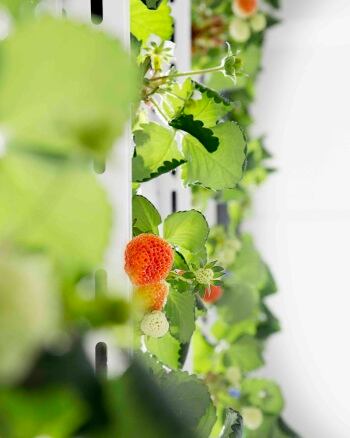
Strawberries: 'The holy grail' of vertical farming
To differentiate Oishii in a market dominated by leafy greens, herbs, and sometimes tomatoes, Koga decided to focus on growing strawberries in a vertical farm environment.
“We chose to start with strawberries because being in this industry for a long time, everyone was saying strawberry is the holy grail of vertical farming. And the reason being it’s the hardest crop to grow in a vertical plant environment,” said Koga.
Strawberries have a significantly longer plant cycle and a more sophisticated plant physiology compared to other produce.
“Whoever unlocks strawberries will be closest to unlocking all of the other flowering crops, which is everything beyond leafy greens,” said Koga.
At its indoor farm 15 minutes outside of Manhattan, Oishii uses a proprietary indoor natural pollination method conducted by bees combined with precision automation driven by AI and machine learning to produce its omakase berry, a Japanese varietal grown in the foothills of the Japanese alps.
Koga explained how its strawberries began as child seedling plants propagated from mother plants that were flown in from Japan.
According to Koga, its omakase berries are two to three times more sweet and have a “significantly stronger aroma” than conventional strawberries found in a US supermarket, which tend to be optimized for quantity and to withstand long haul transportation from California, where 90% of US strawberries are grown.
“A lot of people tell us that our strawberries taste like strawberry candy,” he said.
‘Our omakase berry today is the Roadster of Tesla’
The strawberries Oishii sells today (available mainly at gourmet markets and grocers in New York City) cost a very hefty $50 for eight strawberries (making them extremely sought after among chefs of Michelin star restaurants).
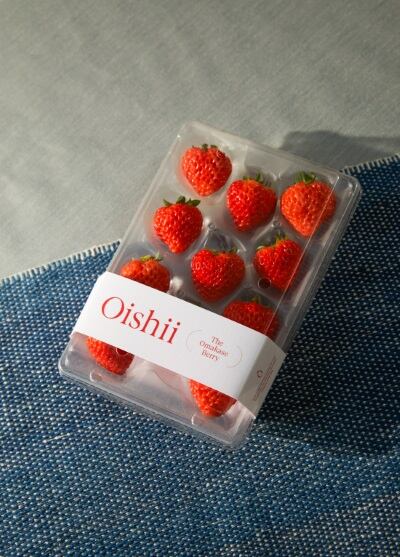
But Koga, who compares its business model to where Tesla was over ten years ago when it launched its $200,000 Roadster electric vehicle, says the company has a plan in place to get its price down into the single digits (like how Tesla now sells a $35,000 Model 3 vehicle).
“Our goal isn’t to stay a niche strawberry here in New York. Our omakase berry today is the Roadster of Tesla,” he said.
“We’ve already succeeded in growing a few different varieties that have similar taste profile but can be grown much more efficiently and allows us to bring the price down significantly.
"We’re not talking about five or ten years out, but we’re talking about a much nearer future where this will be in the single digits at which point anyone can buy these strawberries in their local supermarket.“

